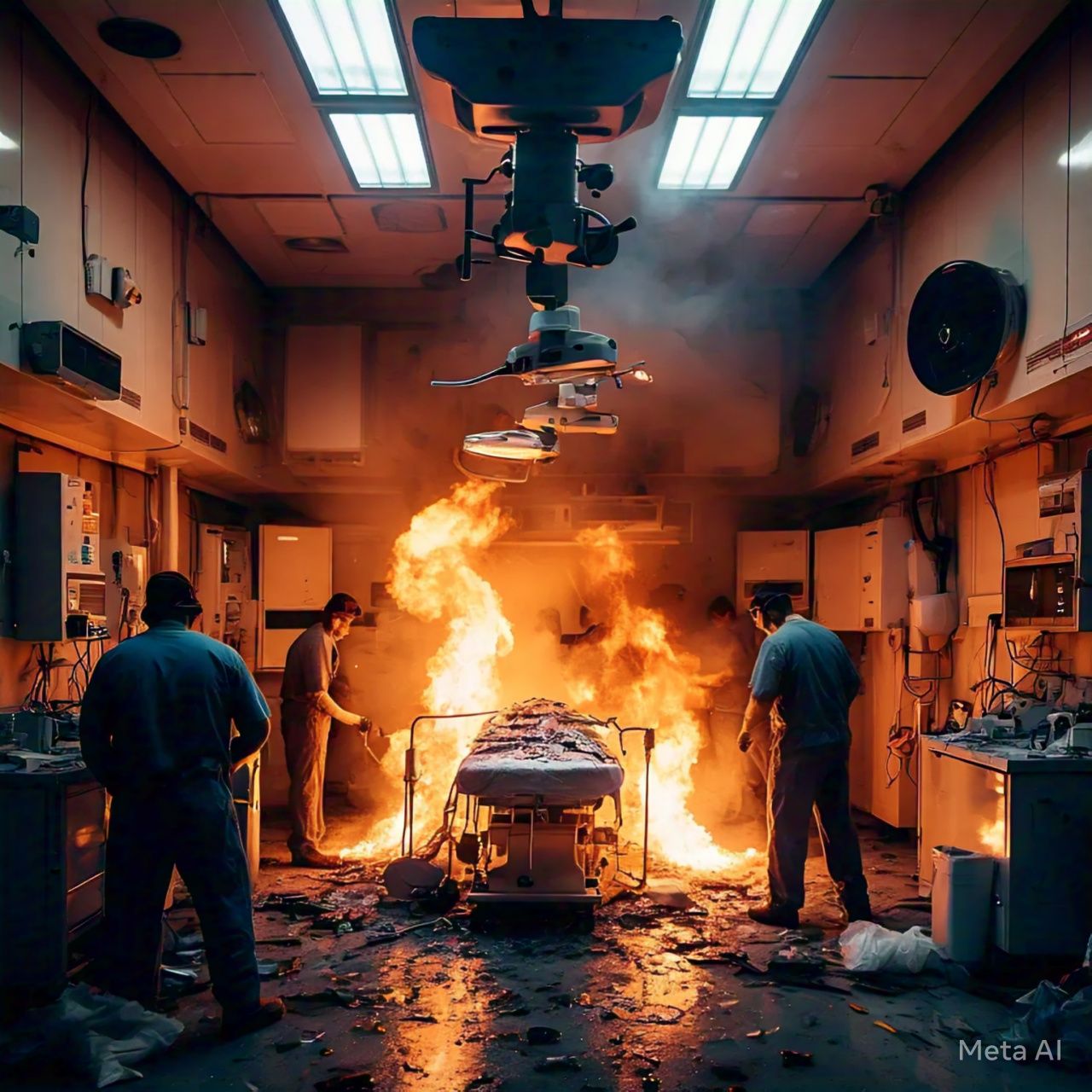
Operating Room Fires: Understanding and Preventing a Hidden Risk in Healthcare
While rare, operating room fires pose a real and preventable danger.
Operating Room Fires: A Significant but Preventable Risk
Operating room fires pose a significant risk in medical care, with estimates ranging between 90 and 100 incidents annually in the United States, according to the Emergency Care Research Institute (ECRI). However, other sources, such as the Anesthesia Patient Safety Foundation (APSF), suggest the number could be higher, ranging from 550 to 650 fires per year.
The Fire Triangle in the Operating Room
The Joint Commission has warned about the dangers of the "fire triangle" in surgical settings, which involves the combination of:
- Oxygen: The use of supplemental oxygen, especially during head, neck, and chest procedures, can create a combustion-prone environment.
- Ignition sources: Devices such as electrocautery tools and lasers can generate sparks or heat sufficient to ignite a fire.
- Fuel sources: Materials present in the operating room, such as surgical drapes, gauze, and alcohol-based antiseptics, can act as fuel when ignited.
Prevention and Management of Operating Room Fires
Most operating room fires are preventable through measures such as:
- Controlling oxygen-enriched environments: Minimizing oxygen concentration and preventing its accumulation under surgical drapes.
- Proper use of antiseptics: Allowing sufficient time for alcohol-based solutions to fully evaporate before making an incision.
- Staff training: Conducting drills and training for a swift and effective response to fire incidents.
The Importance of Reporting and Recording Incidents
Underreporting of operating room fires, often driven by fear of legal or investigative repercussions, hampers the accurate understanding of their frequency and the implementation of effective preventive measures. Promoting a culture of safety that encourages transparency and learning from such events is essential.
Conclusion
While operating room fires are rare, they pose a real and preventable threat. Understanding the fire triangle and implementing safety practices can significantly reduce their occurrence, protecting both patients and healthcare professionals.











LEAVE A COMMENT: